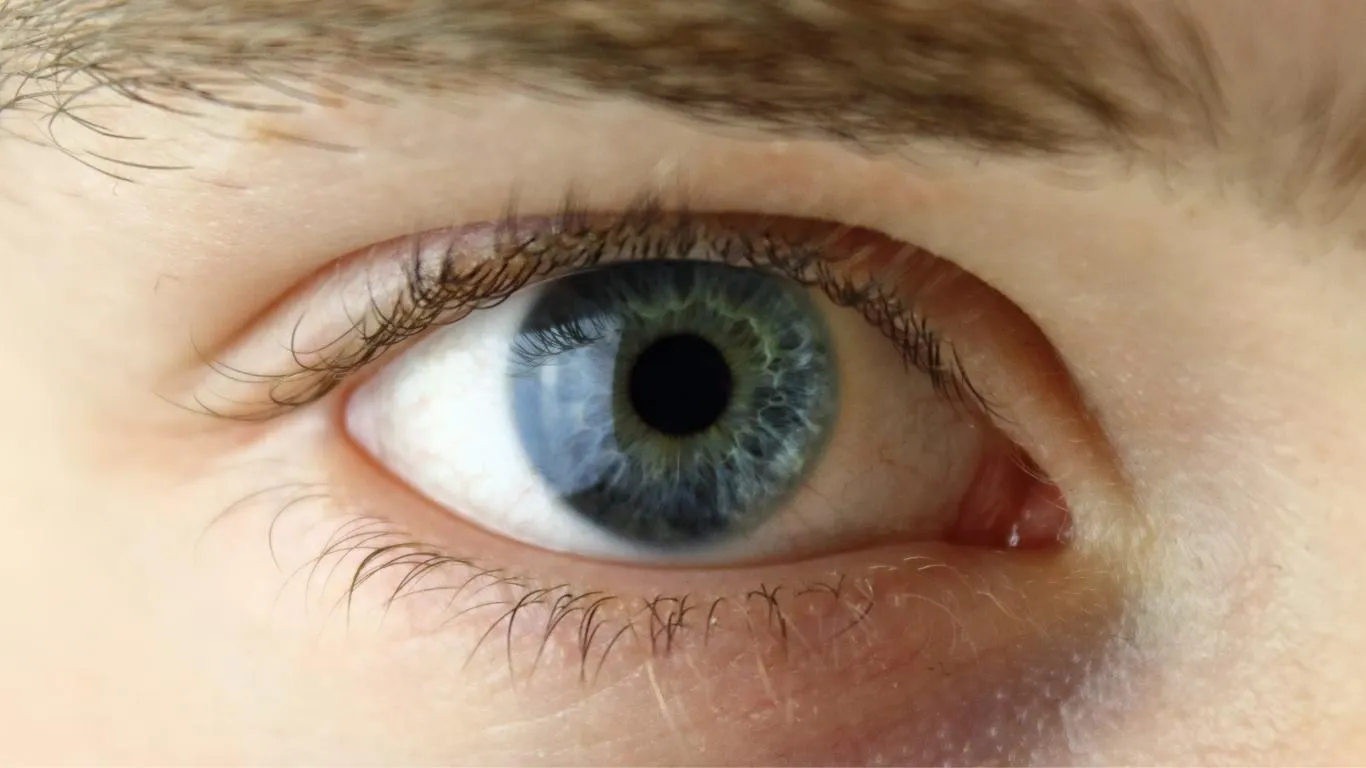Why Floaters That Cluster in Certain Eye Zones Could Be a Warning
Ever catch a group of floaters just hovering around the same spot in your vision, refusing to drift off like the rest? Yeah, me too. I used to think it was just something random or harmless—until they started clustering in very specific zones in one eye. It’s odd how they’ll sometimes congregate just near the center or edge of vision and stay there for days. Turns out, when floaters cluster like that, your eyes may be trying to tell you something more serious. Let’s unpack it.
What Causes Floaters to Cluster in Specific Zones?

Floaters, in general, are fairly common. But when they seem to hang out in the same zone of your vision, especially if they start stacking or clumping, the situation gets a bit more nuanced. A few things can lead to this pattern.
Vitreous Collagen Clumps and Syneresis
As we age or due to various eye conditions, the collagen inside the vitreous humor starts to clump up. These clumps are heavier and tend to settle or float in specific zones depending on eye movement, light exposure, and even your posture. When I was first diagnosed with floaters, my ophthalmologist mentioned something called vitreous syneresis, which is basically the process of this jelly inside your eye degenerating unevenly. And where it breaks down, floaters tend to cluster.
- Age-related vitreous changes can result in floaters forming denser clumps
- Posture or how you sleep might encourage clumps to “settle” in certain spots
- Eye strain or screen use can sometimes make these clusters more noticeable
Posterior Vitreous Detachment (PVD) Zones
If your floaters are consistently clustering in the peripheral zones, it might be early signs of a posterior vitreous detachment forming unevenly. PVD often starts from one edge and then pulls more of the vitreous away, dragging collagen bits with it. These bits can linger in one area for weeks, even months.
I remember my right eye was giving me this annoying cloud-like shadow that wouldn’t leave the upper-right quadrant of my vision. It wasn’t just distracting—it felt like something worse was going on. And I was right to get it checked. No tear, thankfully, but PVD was underway.
Eye Trauma or Injury Residue
If you’ve ever had an eye injury—even mild—you might see localized floaters near that impact zone. The debris often stays put because the trauma affects a limited vitreous region. This can also happen after sports injuries or accidental pokes to the eye. There’s a pretty insightful breakdown on this in this article on floaters and sports eye injuries.
Are These Clusters Dangerous?
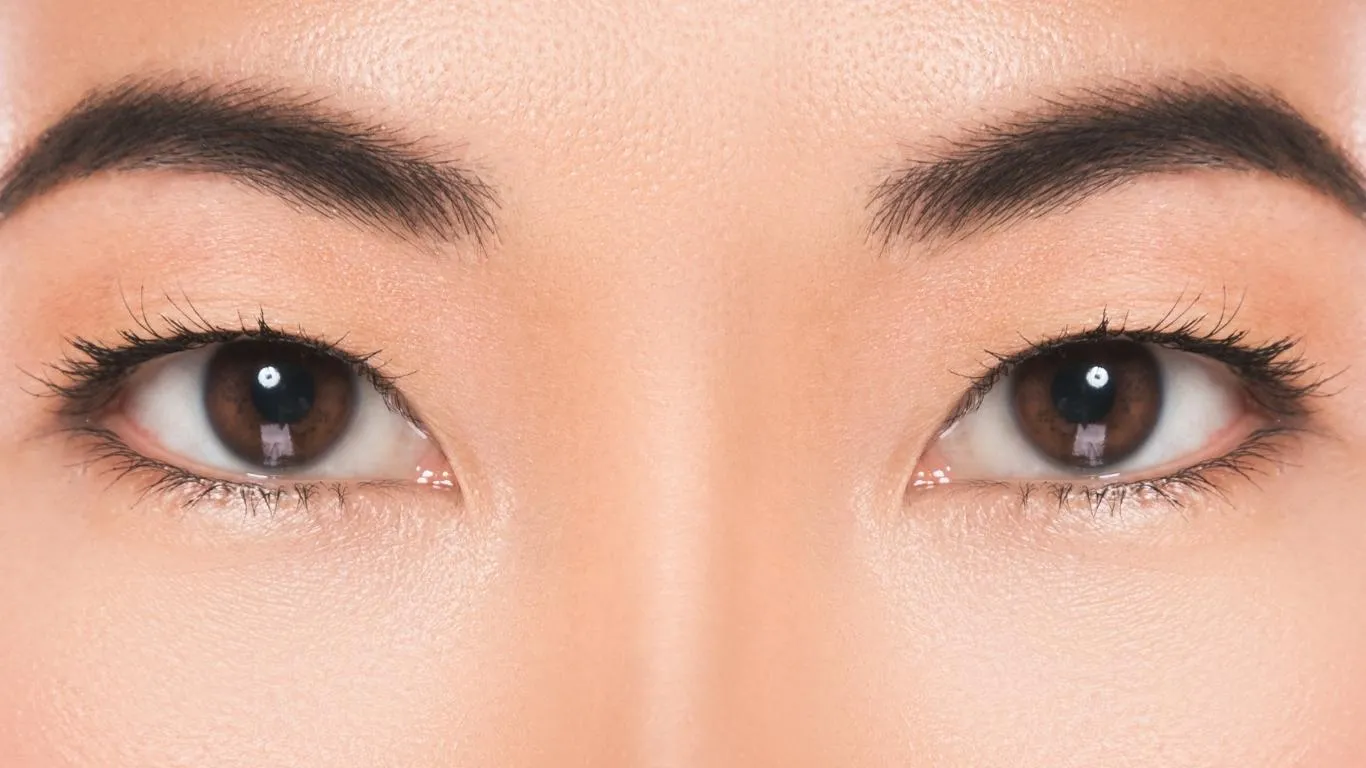
Seeing floaters isn’t inherently dangerous. But when they start to concentrate in certain zones—and stay there—it could mean the underlying cause is progressing. Think retinal tears, microhemorrhages, or abnormal degenerative conditions.
- Floaters in peripheral vision zones might precede a retinal tear
- Sudden appearance of clustered floaters alongside flashes? Could be retinal detachment territory
- Consistent clustering after surgery may suggest a complication or unhealed section
One internal link worth exploring if this hits close to home is how floaters can precede a retinal tear. That’s not something to self-diagnose or ignore. If they suddenly move or blur your side vision, it’s worth a same-day checkup.
Could Systemic Conditions Be Causing It?
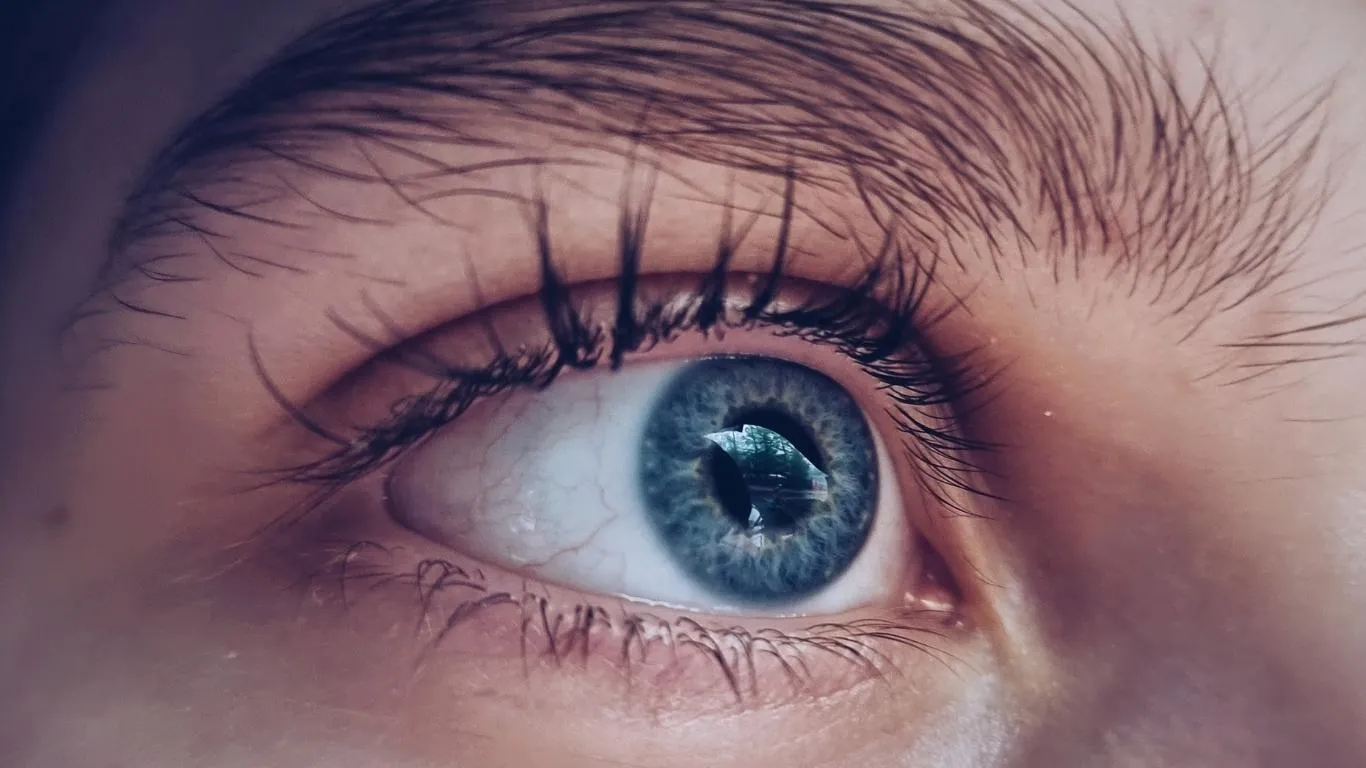
Some clustering floaters don’t start in the eye—they’re actually a downstream symptom of something bigger. I had a friend with autoimmune disease who first noticed strange, fixed clusters in his upper visual field. Later it was linked to inflammation caused by his condition. Turns out, floaters can be early markers in systemic issues.
- Autoimmune flare-ups can inflame the vitreous and anchor floaters in place
- High blood pressure can trigger micro-bleeds that clot into localized floaters (here’s how)
- Diabetes complications can lead to retinal bleeding and floater clusters — read more on floaters and diabetic vision issues
Even something as basic as dehydration might concentrate floaters more visibly due to changes in vitreous density. If you’re not drinking enough, especially during summer or while working out, you may see floaters acting more “sticky.”
Why These Floaters Seem Worse with Light or Focus
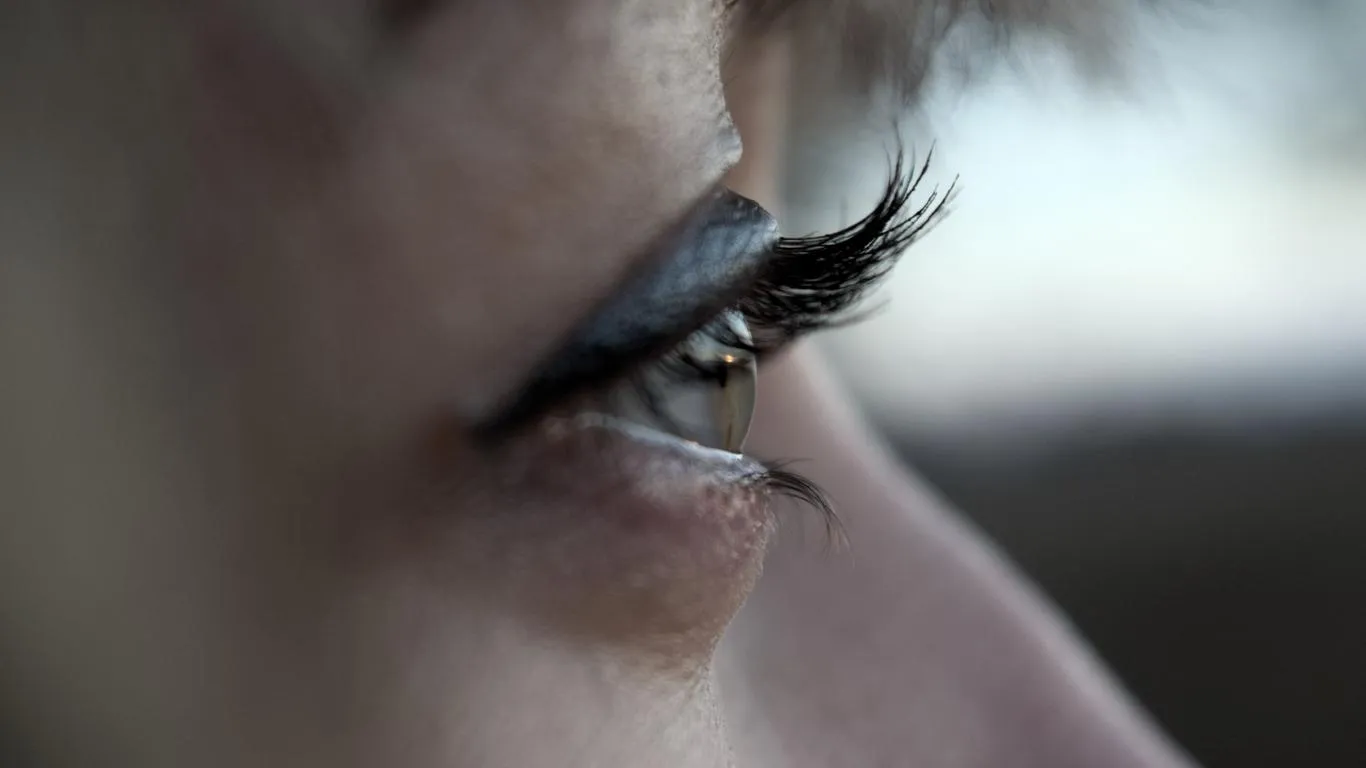
When you stare at a bright white background, like an overcast sky or a Word document, those clusters practically scream for attention. Bright contrast makes denser floater groups easier to notice. There’s even a discussion on this in the piece about why floaters pop more in bright conditions.
One hack I found helpful? Slightly dimming screen brightness and increasing text contrast. Might not fix the floaters, but it makes them less mentally overwhelming during work hours.
What to Track and When to See a Specialist
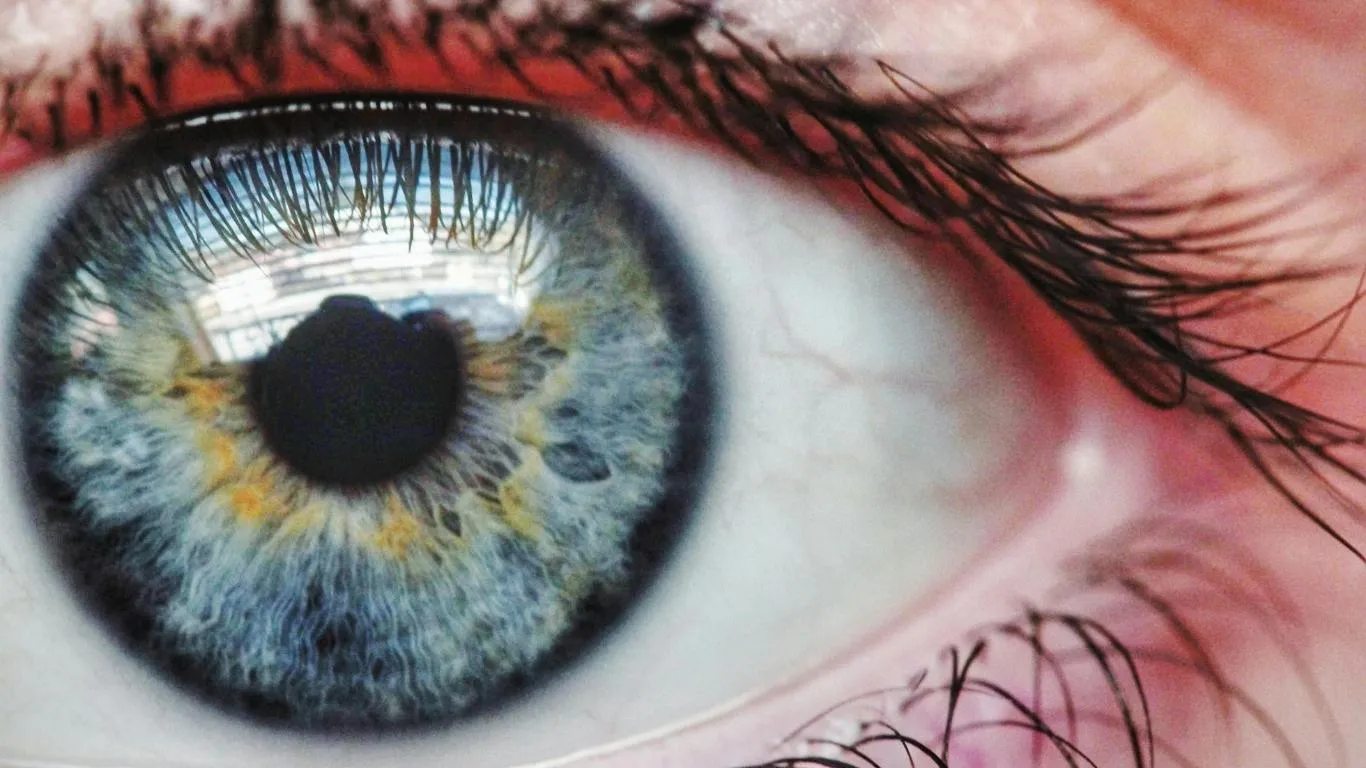
If you’re seeing floaters sticking to one eye zone and not moving, it’s not just something to “get used to.” Here’s what you can keep track of:
- Zone consistency: Are they always in the same spot?
- Movement: Do they drift or stay stuck like a smudge?
- Light sensitivity: Do they worsen under specific light?
- Other symptoms: Flashes, pain, blurred side vision?
If it’s any of the above, don’t hesitate. Bookmark this main explainer on floaters for a full dive into causes and solutions. And here’s another piece on when floaters are dangerous that’s worth reading before your next eye appointment.
Also, don’t miss the core guide here: Eye Floaters: Causes, Symptoms, and Treatment Options — and an in-depth look at warning signs that should never be ignored.
External resources like American Academy of Ophthalmology, NCBI, and Mayo Clinic also provide excellent deep-dives if you want more than anecdotal insight.
How Eye Position and Posture Influence Floater Zones
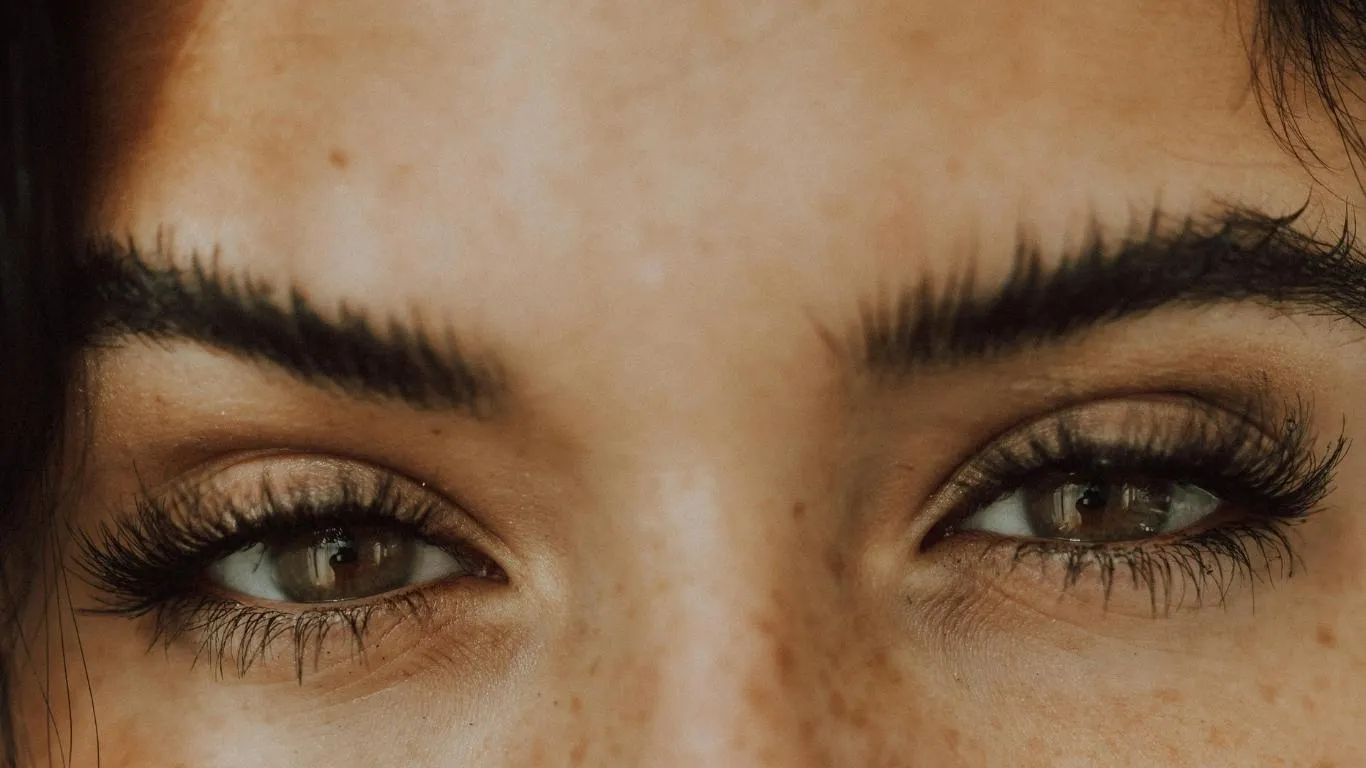
This was something I learned the hard way: the way you hold your head—especially while reading or working—can absolutely affect floater placement. I used to do marathon editing sessions hunched over a laptop, and I’d notice floaters pooling in the upper-left of my right eye every time. Turns out, gravity and eye position can “guide” floaters to cluster in specific spots.
When you hold your gaze in one position for too long (say, upward or downward for reading), floaters that are suspended in the vitreous may settle in the visual path. Over time, this creates the illusion of a cluster locked in place. There’s a good explanation of this biomechanical behavior in this article on posture and floater worsening.
Tips That Actually Help (Yes, From Experience)
- Change your visual angle frequently: Don’t lock your head in one position for more than 20–30 minutes.
- Try subtle eye rolls or movement exercises to re-position clusters away from your central vision.
- Avoid slouching with your chin down: That’s a floater magnet, at least for me.
Are Treatments Effective for Clustered Floaters?
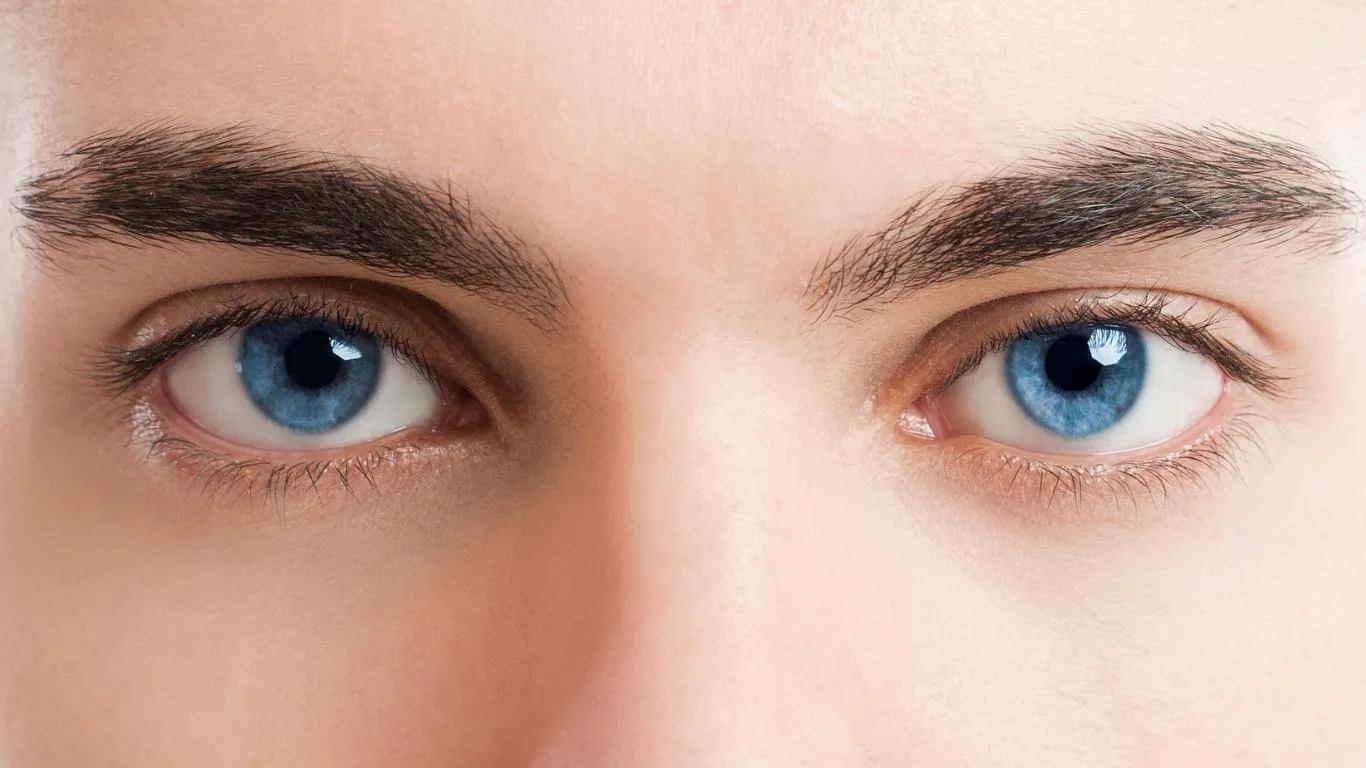
Let’s be honest—most doctors will tell you to “just live with it.” But when floaters are clumping in one place and not budging, living with it isn’t always practical. Especially if they’re blocking your reading zone or making driving uncomfortable.
When to Go Beyond “Watchful Waiting”
If you’ve had floaters for over 6 months in one eye zone and they aren’t improving or dispersing, it might be time to consider medical interventions. According to the American Academy of Ophthalmology, there are a few main options:
- Laser Vitreolysis: This procedure uses a laser to break up large clumps of floaters. It’s outpatient and usually low-risk, but only works well on certain types of floaters that are positioned safely away from the retina.
- Pars Plana Vitrectomy: Reserved for severe or vision-threatening cases, this surgery removes the vitreous entirely and replaces it with a saline-like solution. I’ve heard from patients who swear it changed their life—but it’s not without risk.
- Post-op Floaters: If your clusters appeared after cataract surgery, there’s a very specific explainer on what helps in those cases.
Supplements & Natural Support
While the science is mixed, I’ve personally found that certain supplements make my floaters less dense—or at least less noticeable. Things like collagen support for the eye and antioxidant blends with lutein and zeaxanthin help maintain vitreous clarity. Some even swear by targeted floaters supplements.
Just keep in mind: no pill or herb is going to magically “cure” them, especially if they’re structural or caused by retinal issues. But paired with hydration and movement, they might make daily life easier.
Behavioral Triggers That Make It Worse

Sometimes it’s not what’s happening in your eye—it’s what you’re doing that’s making floaters feel more clustered and intense. I noticed mine get significantly worse during periods of stress and fatigue. There’s actually some interesting discussion on stress-related floaters and how cortisol affects the eye’s internal environment.
- Screen time—especially long hours with poor lighting—can make clusters more visible and persistent.
- Sleep deprivation changes how the brain filters visual input, making floaters “louder” in your field of view. Here’s how sleep plays a role.
- Excess caffeine and dehydration are another nasty combo that made my floaters appear almost “magnetic” in one zone. There’s more on that in this breakdown.
When It’s a Sign of Something Bigger
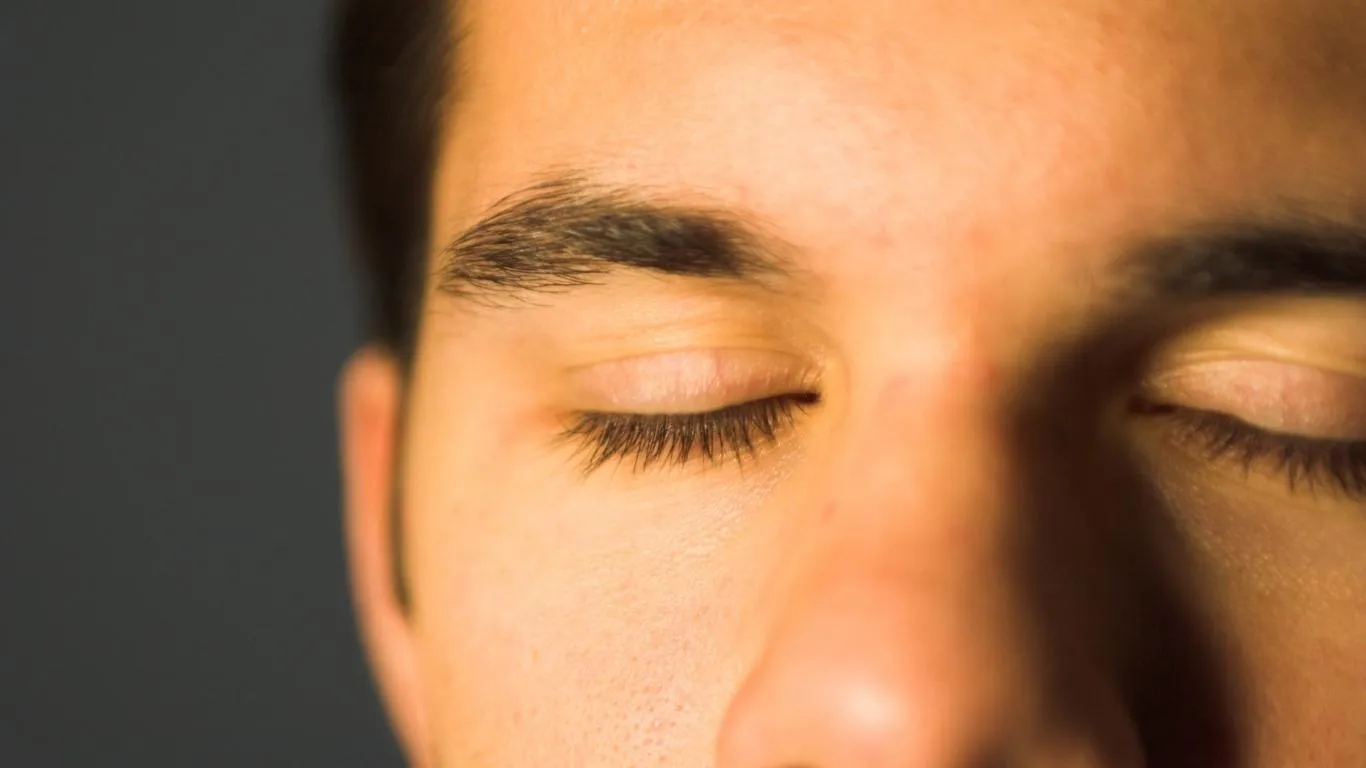
Sometimes floaters that seem to cluster aren’t caused by the vitreous at all—but by changes in the retina or underlying systemic health. If you’ve ruled out common causes, consider checking out conditions like:
If your clusters come with any of these symptoms, take action fast:
- Sudden vision loss or shadowing in one eye
- Flashes of light or lightning-like patterns
- Pain or pressure in or behind the eye
That combo could mean retinal detachment or hemorrhage—both need immediate care. Bookmark this article if you’re noticing peripheral symptoms as well.
Daily Management Techniques That Actually Help
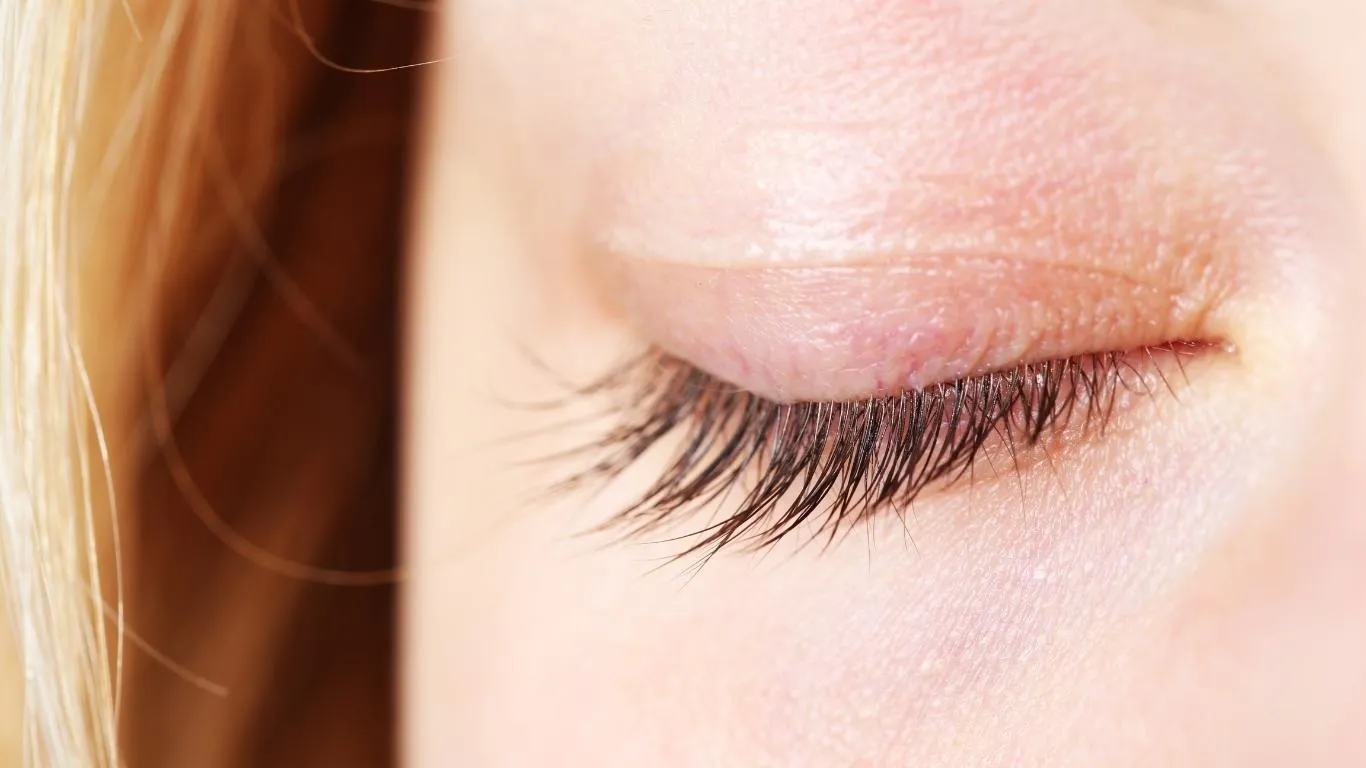
Let’s be real—most of us won’t end up doing laser or surgery. So how do we live with floaters, especially when they’ve taken up permanent residence in the same zone of vision?
Try These (Backed by Both Anecdote and Research)
- Controlled lighting: Soft, indirect lighting reduces contrast floaters need to appear
- Screen contrast tweaks: Slight gray backgrounds for documents help me more than white
- Eye fluid movement: Try gentle rolling exercises to reposition clusters temporarily
- Track changes: Use an app or paper journal to monitor patterns. You’ll notice trends fast. (Tracking floaters is more useful than it sounds)
And when nothing helps, even just knowing that others deal with the same “eye clutter” can make it easier. You’re not alone in this weird visual phenomenon.
If you’re just diving into this journey, don’t miss the foundational guide here: Eye Floaters Causes, Symptoms, and Treatment Options. It’s probably the best place to start if you’re overwhelmed by the floating chaos.
And for a closer look at signs you really shouldn’t ignore, take a deep dive into When Are Eye Floaters Dangerous?
Still seeing that same cluster today? Might be time to move your head, take a walk, or just blink it out. And if that doesn’t work—book the appointment.

Camellia Wulansari is a dedicated Medical Assistant at a local clinic and a passionate health writer at Healthusias.com. With years of hands-on experience in patient care and a deep interest in preventive medicine, she bridges the gap between clinical knowledge and accessible health information. Camellia specializes in writing about digestive health, chronic conditions like GERD and hypertension, respiratory issues, and autoimmune diseases, aiming to empower readers with practical, easy-to-understand insights. When she’s not assisting patients or writing, you’ll find her enjoying quiet mornings with coffee and a medical journal in hand—or jamming to her favorite metal band, Lamb of God.
